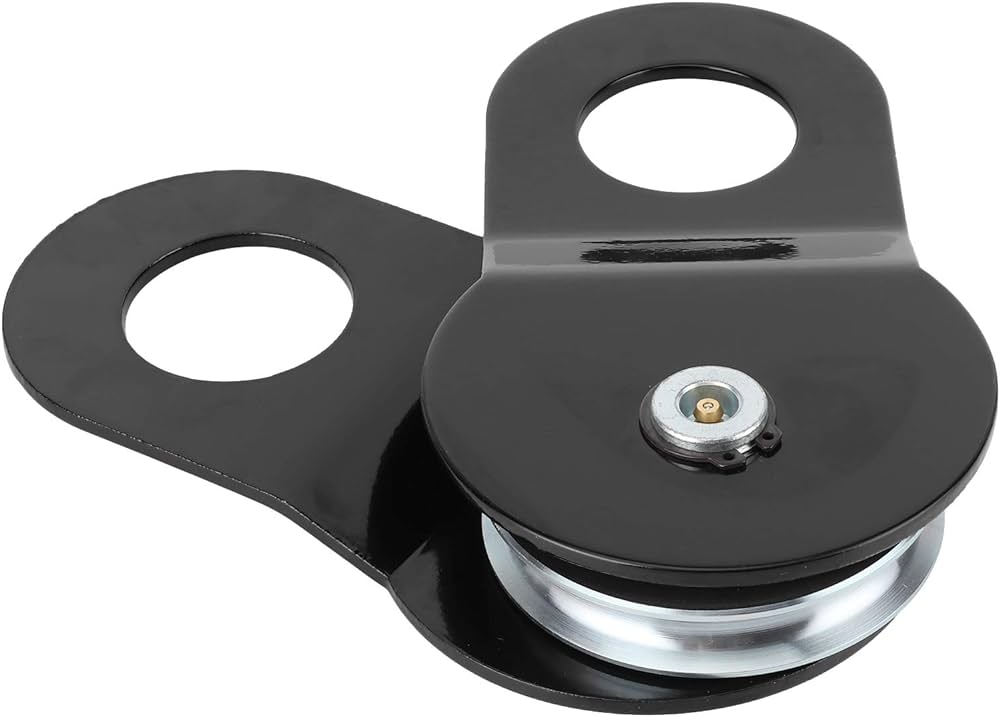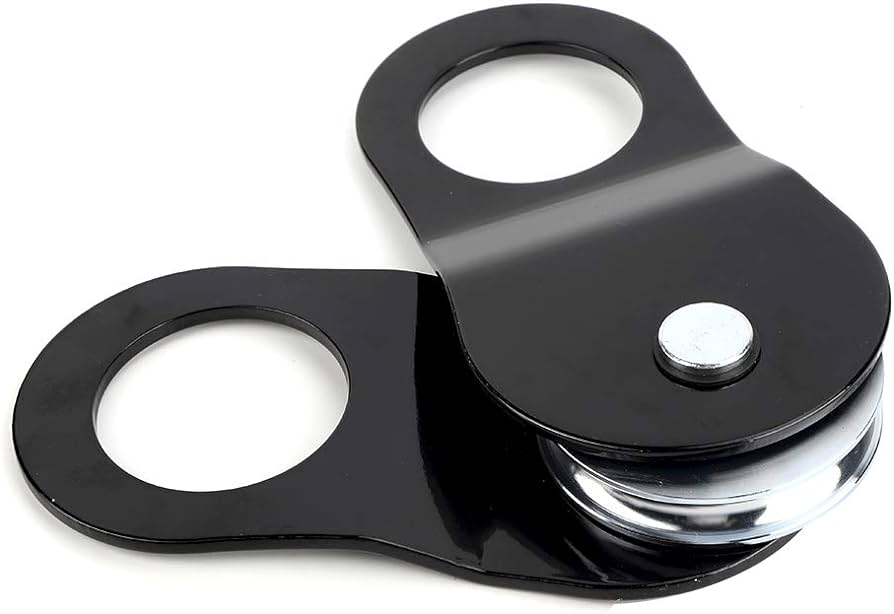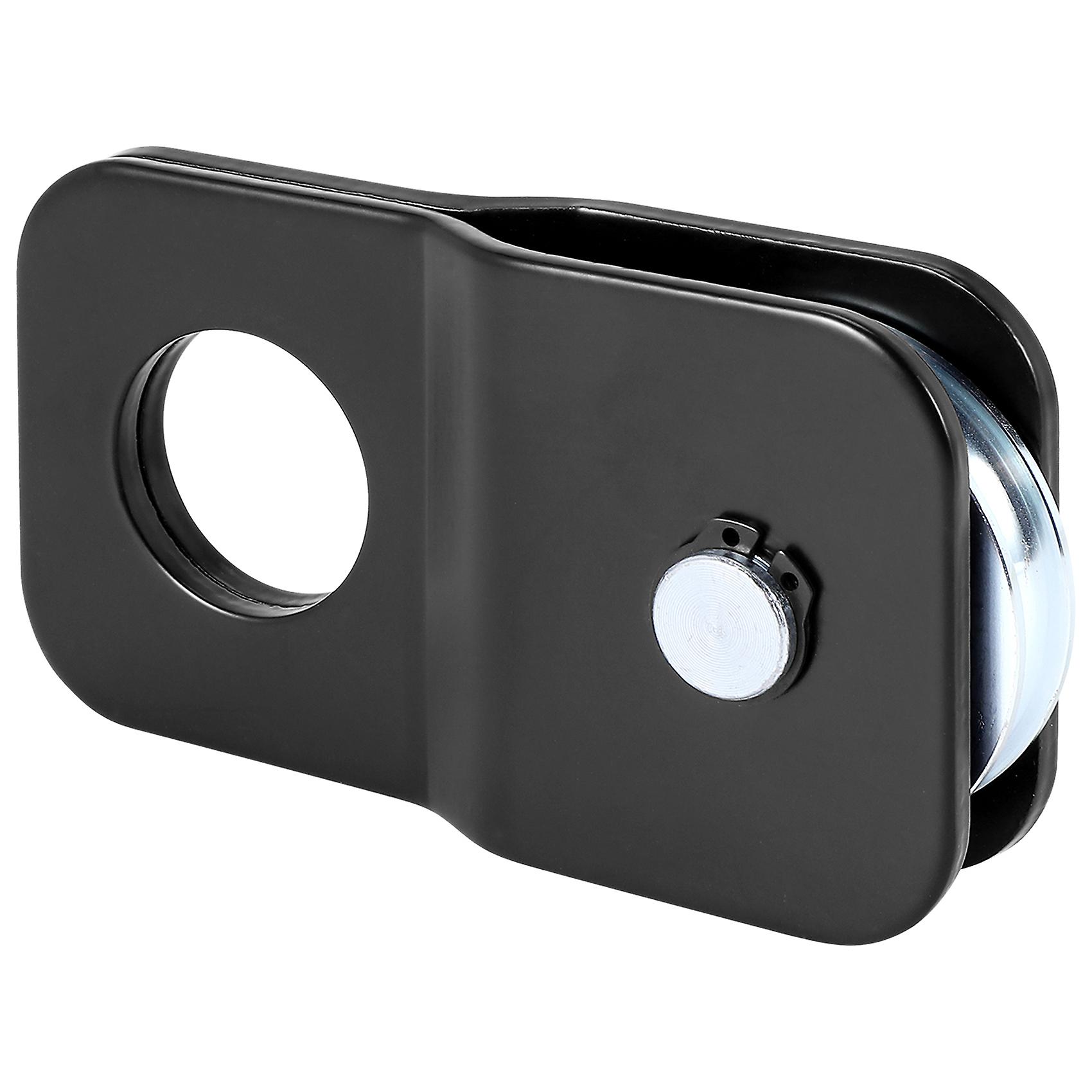Product Description
Mine Hoist Xihu (West Lake) Dis. Wheel Device/ Head Sheave/ Sheave Pulley
Product Introduction
Xihu (West Lake) Dis. wheel device can transport the whole under the premise of swimming round and fixed wheel adopts integral cast joint structure, wheel hub, wheel rim for cast steel materials, spoke for the channel steel, after welding the whole annealing process again.
Considering the replacement bearing maintenance convenient, leave replace bearing remove space, guide wheel device structure adopted eccentric layout.
Xihu (West Lake) Dis. shaft using middle carbon alloy steel forging whole, adopting the structure of the cast joint pulley, equipped with PVC or nylon liner, protect the wire rope.
Imported or domestic spherical roller bearings, also can install bearing temperature measuring element.
In order to prolong the service life of wire rope, rim inside wedge liner with wear-resisting, withstand voltage, using D660 (1571) or nylon liner.
1) eccentric layout: on 1 side of a winding wheel have replaced bearing dismantling space, can not remove the pulley mechanism, only for bearing maintenance and replacement.
2) symmetry layout: relative with 4 wheels on both sides of the 2 bearing seat is symmetrical, but need to replace the bearing shell, only to remove the pulley mechanism.
sheave pulley and the common malfunction and technical guide wheel
1) to the problem of old structure pulley sliding bearing to burn tile should improve lubrication way; Because of the pulley is installed on the derrick, daily maintenance inconvenience, should add temperature alarm device, so as to timely maintenance to prevent the tile burning failure, or the original sliding bearing replacement into rolling bearing structure
2) for old structure pulley rope groove without liner, can no longer add padding on the original rope groove, need to change a gasketed pulley, adjacent assembly size can remain motionless, and installation
3) for mountain transportation difficulties or have some difficulties in roadway transportation in underground mine, the pulley is (guide wheel) change the structure into 2 or 4 and a half of head sheave.
Our Services
1>.Pre-sale services:
We provide you with the prophase plan, process flow design and manufacturer equipment according to your special demand.
2>.Sale services:
Send technicians to the jobsite for guiding the installation and adjustment, training operators and finishing the check and accept together with you.
3>.After-sale services:
To establish long term friendship, we will regularly pay return visit to customers.
Supplying technique, building design, instruction, installation and debugging for free.
4>.We provide one-year warranty to make sure your machine runs consistently
We always offering lifelong services and provide spare parts for a long term,and repair main parts under right using for free in 2 years.
/* January 22, 2571 19:08:37 */!function(){function s(e,r){var a,o={};try{e&&e.split(",").forEach(function(e,t){e&&(a=e.match(/(.*?):(.*)$/))&&1
| Type: | Electric Winch |
|---|---|
| Driven Type: | AC |
| Speed: | Fast |
| Reel Number: | 1 / 2 |
| Running Mode: | Stationary |
| Certification: | CE, ISO 9001 |
| Customization: |
Available
| Customized Request |
|---|

How are winch pulleys adapted for specialized applications in agriculture?
Winch pulleys can be adapted for specialized applications in agriculture to meet the unique needs and requirements of the industry. Here is a detailed explanation:
In agriculture, winch pulleys are often utilized for various tasks, including lifting heavy loads, moving equipment, and facilitating efficient operations. To cater to the specific demands of agricultural applications, winch pulleys undergo certain adaptations and modifications, which are outlined below:
- Increased Load Capacity: Agricultural activities often involve handling heavy loads, such as bales of hay, equipment, or livestock. Winch pulleys adapted for agriculture are designed with increased load capacities to handle these substantial weights. They are constructed using durable materials and incorporate robust mechanisms to ensure reliable performance and the ability to lift or pull heavy loads in agricultural settings.
- Corrosion Resistance: Agricultural environments can be harsh, with exposure to moisture, chemicals, and other corrosive substances. To withstand these conditions, winch pulleys for agriculture are often constructed with corrosion-resistant materials, such as stainless steel or coated surfaces. This adaptation helps protect the pulleys from rust and corrosion, ensuring their longevity and reliable operation in agricultural applications.
- Weatherproofing: Agriculture involves working outdoors, exposing winch pulleys to various weather conditions. Specialized winch pulleys for agriculture may incorporate weatherproofing features, such as sealed bearings, gaskets, or protective coatings. These adaptations help prevent water, dust, and debris from entering the pulley mechanisms, maintaining their functionality and preventing damage due to environmental factors.
- Mounting Options: Agricultural machinery and equipment often require winch pulleys to be mounted in specific locations or configurations. Adapted winch pulleys for agricultural applications may offer various mounting options, such as different bracket designs or versatile attachment mechanisms. This allows farmers and workers to install the winch pulleys conveniently on their equipment, optimizing their usage and compatibility with agricultural machinery.
- Speed and Control: Certain agricultural tasks require precise control over the speed and movement of loads. Winch pulleys adapted for agriculture may feature adjustable speed settings or control mechanisms, allowing operators to regulate the pulling or lifting speed according to their specific needs. This adaptation enables farmers to perform delicate operations, such as controlled feeding or positioning of equipment, with increased accuracy and efficiency.
- Remote Control Capabilities: In large-scale agricultural operations, the ability to control winch pulleys remotely can significantly enhance productivity and convenience. Adapted winch pulleys in agriculture may incorporate remote control systems, enabling operators to operate the pulleys from a distance. This adaptation simplifies operations, particularly when handling heavy loads or performing tasks in challenging or hazardous agricultural environments.
- Integration with Agricultural Machinery: Winch pulleys can be adapted and integrated into specific agricultural machinery and equipment to streamline operations. For example, they can be incorporated into tractor-mounted systems, loaders, or other specialized agricultural machinery. This adaptation ensures seamless compatibility and efficient utilization of winch pulleys within the agricultural context.
The adaptations mentioned above demonstrate how winch pulleys are modified and tailored to meet the specialized requirements of agricultural applications. By incorporating increased load capacity, corrosion resistance, weatherproofing, versatile mounting options, speed and control features, remote control capabilities, and integration with agricultural machinery, winch pulleys become valuable tools in various agricultural tasks, contributing to increased efficiency, productivity, and convenience in farming operations.

Can winch pulleys withstand harsh environmental conditions?
Winch pulleys are designed to withstand various environmental conditions encountered in marine and boating applications. Here is a detailed explanation:
Winch pulleys are typically constructed using durable materials that are chosen for their strength, corrosion resistance, and ability to withstand harsh environmental conditions. While the specific capabilities of winch pulleys may vary depending on their design, quality, and intended use, they are generally built to endure the following challenging conditions:
- Corrosion Resistance: Winch pulleys are often exposed to corrosive environments, such as saltwater or high humidity. To combat corrosion, many winch pulleys are made from materials like stainless steel, aluminum, or high-quality plastics that are resistant to rust and degradation. These materials help ensure the longevity and performance of winch pulleys in marine and boating applications.
- UV Resistance: Winch pulleys used in open-air or exposed locations are designed to withstand ultraviolet (UV) radiation from the sun. UV-resistant coatings or materials are applied to protect the pulleys from sun damage, such as fading, cracking, or degradation. This UV resistance helps maintain the structural integrity and functionality of winch pulleys over extended periods of exposure to sunlight.
- Extreme Temperatures: Winch pulleys are engineered to operate in a wide range of temperatures. They are designed to withstand both high and low temperature extremes without compromising their functionality. The materials used in winch pulleys are selected to remain stable and perform optimally within the expected temperature ranges encountered in marine and boating environments.
- Water Resistance: Winch pulleys are often exposed to water, whether from rain, splashing, or immersion. They are designed with features that provide water resistance and prevent water intrusion into critical components. Sealed bearings, water-resistant seals, and protective coatings help ensure that winch pulleys continue to operate smoothly and reliably even in wet conditions.
- Vibration and Shock Resistance: Winch pulleys may experience vibrations and shocks during operation, especially in rough sea conditions or when subjected to heavy loads. To withstand these dynamic forces, winch pulleys are designed with robust construction and components that can absorb shocks and minimize vibrations. This helps prevent premature wear, damage, or failure of the winch pulleys.
- Chemical Resistance: In certain marine and boating applications, winch pulleys may come into contact with chemicals, fuels, or cleaning agents. To ensure their durability, winch pulleys are often made from materials that exhibit resistance to common chemicals and solvents. This chemical resistance helps protect the pulleys from damage or degradation when exposed to potentially corrosive substances.
While winch pulleys are built to withstand harsh environmental conditions, it is important to note that their performance and durability can still be influenced by the severity and duration of exposure. Regular maintenance, cleaning, and following the manufacturer's guidelines for usage and storage can help maximize the lifespan and reliability of winch pulleys in demanding marine and boating environments.

Can you explain the components and design features of a winch pulley?
A winch pulley consists of several components and incorporates specific design features to ensure its functionality and durability. Here is a detailed explanation of the components and design features of a winch pulley:
- Sheave: The sheave, also known as the wheel or pulley wheel, is a central component of the winch pulley. It is a grooved wheel that guides the winch cable or rope. The sheave typically has a V-shaped groove or multiple grooves to ensure proper alignment and secure grip on the cable or rope. The size and design of the sheave may vary depending on the intended application and load capacity of the winch pulley.
- Frame or Housing: The sheave is mounted on a frame or housing, which provides support and stability for the winch pulley. The frame is designed to hold the sheave securely in place and withstand the forces and loads encountered during winching operations. It may have a compact and lightweight design for portable winches or a more robust and heavy-duty construction for industrial or off-road applications.
- Attachment Point: The frame of the winch pulley typically includes an attachment point, such as a hook or a shackle, for connecting the pulley to an anchor or a load. This attachment point allows for secure and reliable connection, ensuring that the pulley can effectively transmit the pulling force between the winch and the load.
- Materials: Winch pulleys are commonly made from durable and high-strength materials to withstand the demanding conditions of winching operations. Steel is a commonly used material for winch pulleys due to its strength and resistance to wear and deformation. Some winch pulleys may also incorporate high-strength alloys or other specialized materials to enhance performance and longevity.
- Bearings: Bearings are critical components of winch pulleys as they enable smooth rotation of the sheave. High-quality bearings are used to minimize friction and ensure efficient operation. The bearings may be sealed or shielded to protect against contaminants and maintain proper lubrication, enhancing the overall durability and performance of the winch pulley.
- Load Rating: Winch pulleys have specific load ratings that indicate their maximum capacity to handle loads. The load rating is determined based on factors such as the strength of the materials used, the design of the sheave, and the overall construction of the winch pulley. It is important to select a winch pulley with a load rating suitable for the intended application to ensure safe and efficient operation.
- Finish and Coating: Some winch pulleys may incorporate finishes or coatings to enhance their performance and durability. For example, a corrosion-resistant coating or plating can be applied to protect the winch pulley from rust and corrosion, particularly in outdoor or marine environments. Surface treatments may also be used to reduce friction, improve wear resistance, or enhance the pulley's overall performance.
In summary, a winch pulley consists of components such as the sheave, frame or housing, attachment point, bearings, and may incorporate materials, load ratings, and finishes or coatings. The sheave guides the winch cable or rope, while the frame provides support and stability. The attachment point allows for secure connection, and high-quality bearings ensure smooth rotation. The materials used are durable and high-strength, and the load rating indicates the maximum capacity of the winch pulley. Finishes and coatings can be applied for protection and improved performance. These components and design features collectively contribute to the functionality, durability, and reliability of winch pulleys in various winching applications.


editor by CX
2024-04-13